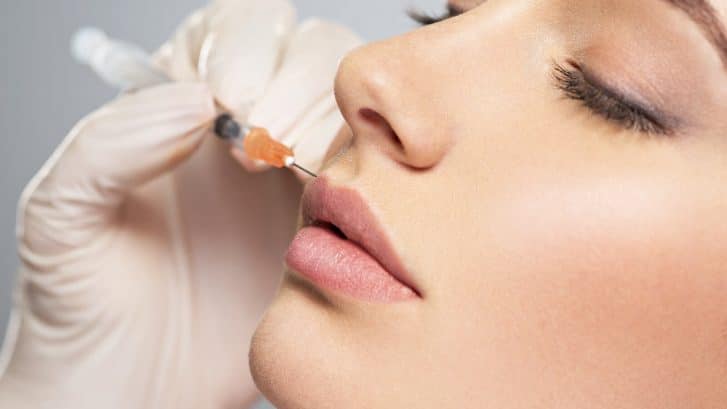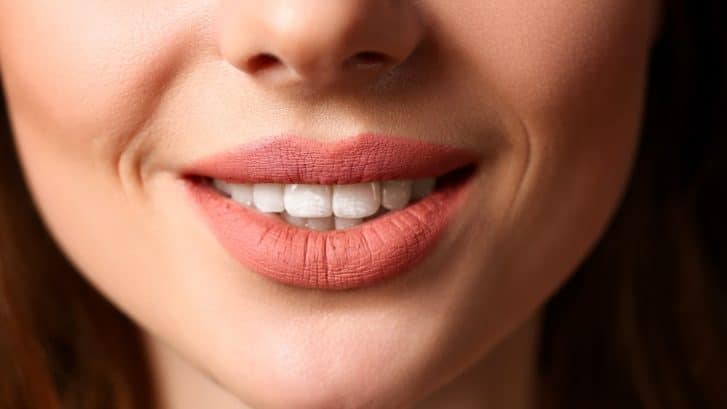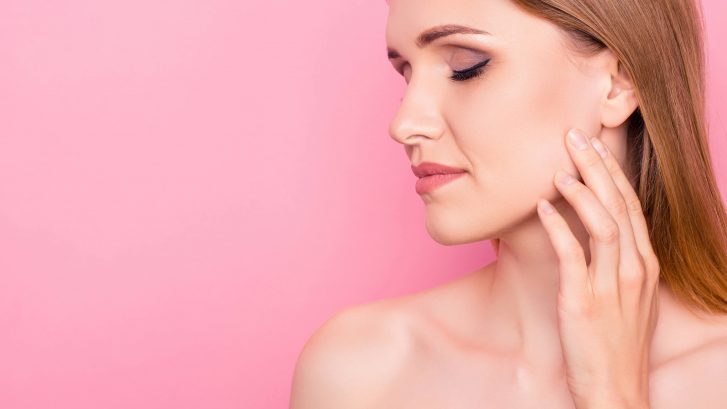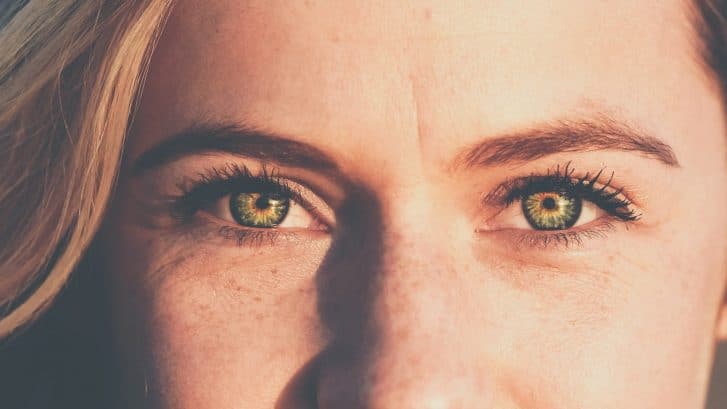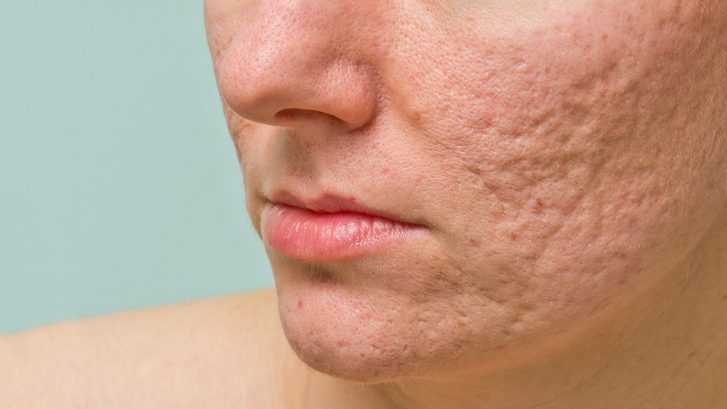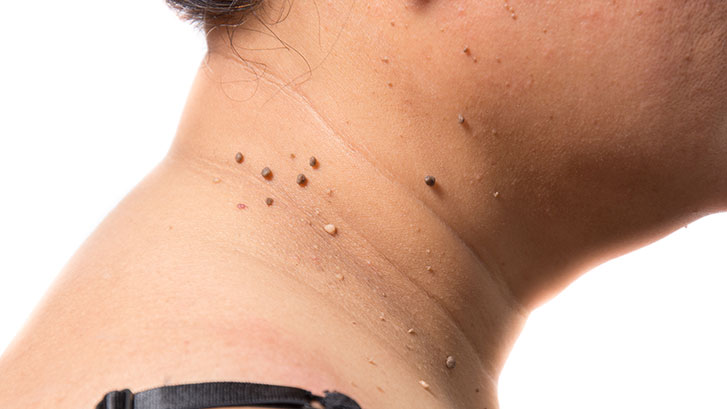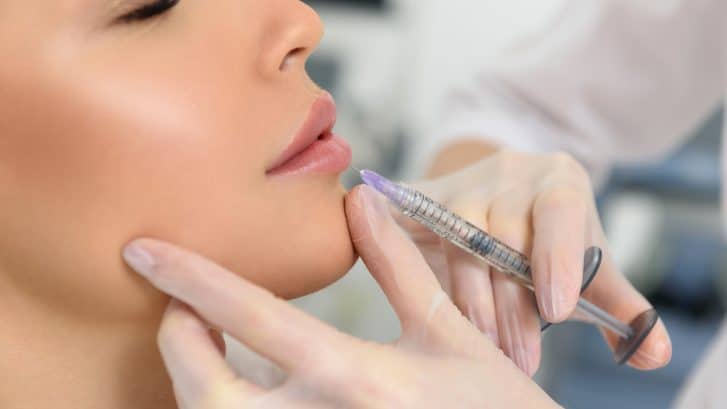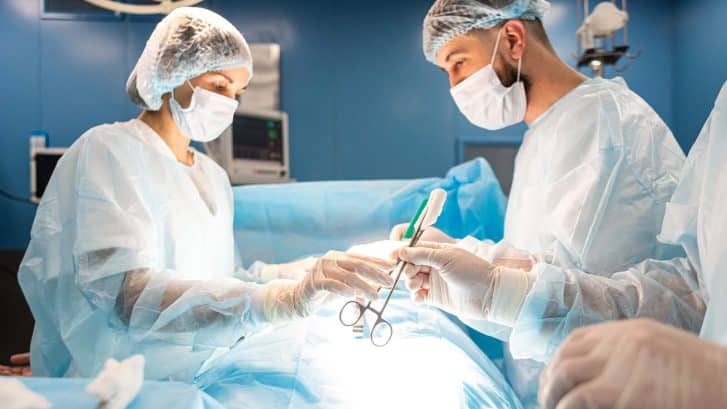How to Prevent Lip Filler Migration
Lip fillers are an increasingly popular way to add volume and definition to the lips. While generally a safe and effective procedure, it’s important to take the necessary precautions to avoid lip filler migration.
Research shows that as of 2020, approximately 3,410,730 soft tissue filler procedures were performed in the U.S., with the vast majority of these (2,619,650) being hyaluronic acid-based fillers such as Juvederm® and Restylane®, both of which are some of the most common fillers used for the lips and face.
With so many procedures performed yearly, some individuals will inevitably experience lip filler. While this is not a cause for immediate alarm, it is essential to be aware of the potential risks and to take the necessary precautions to avoid lip filler migration.
What is Lip Filler Migration?
Lip filler migration occurs when the injected filler moves away from its intended area and spreads to other areas of the face. This can occur due to the lack of proper technique by the injector or if the filler is injected too deep or in too large of a dose.
Migration can also occur if the filler is not the correct type for the patient’s skin type or if the skin is too thin or too thick for the filler being used.
What Could Happen if Lip Filler Migration Occurs?
Migration can cause various cosmetic issues, such as asymmetry, lumpiness, and skin discoloration. Additionally, if migration is not addressed promptly, the filler can spread to other areas of the face, resulting in an unnatural look. In rare cases, migration can lead to infection or nerve damage.
4 Tips for Preventing Lip Filler Migration
Whether you are already scheduled for a lip filler treatment or are still considering lip injections, taking the necessary precautions to prevent lip filler migration is important. Here are four tips to help you avoid the risk of lip filler migration:
1. Finding the Right, Knowledgeable Surgeon
Finding an experienced and qualified practitioner to perform your lip filler injections is essential. A qualified professional thoroughly understands the face’s anatomy, which helps prevent lip filler migration.
In addition to having the necessary medical knowledge, they should also have a good eye for facial aesthetics and a steady hand. Ask to see before-and-after photos of past patients and ask your practitioner about their experience and qualifications.
2. Ensure the Right Fillers Are Being Used
When discussing the proper lip filler options with your surgeon, it is essential to consider the type of filler being used. Different fillers have different consistencies, which can affect the results of the lip injections. You should also discuss just how much product is being injected, as too much filler can result in an unnatural look.
3. Follow All Aftercare Instructions
Following the aftercare instructions from your surgeon is essential if you want to avoid lip filler migration. Doing so helps to reduce swelling, minimize the risk of infection and ensure that the fillers remain in the desired position. You should also be aware of any potential signs of complication and speak to your practitioner if any concerns arise.
4. Allow Your Body to Heal
Finally, you need to allow your body to heal after the procedure. Any pain or discomfort should typically resolve within 12-24 hours, while swelling can take several days to a week to subside. If you don’t allow your body enough time to heal, you could be left with an unsightly bump or unevenness.
Lip Fillers Done Safely and Correctly with Dr. Binder
If you’re considering lip fillers, it’s vital to ensure that the procedure is done safely and correctly. Dr. Binder is an experienced and reputable practitioner who can provide the results you’re looking for.
If you think you may be a good candidate for lip fillers or have questions about your current fillers, contact Dr. Binder’s office today to schedule your consultation and get the answers you need.

